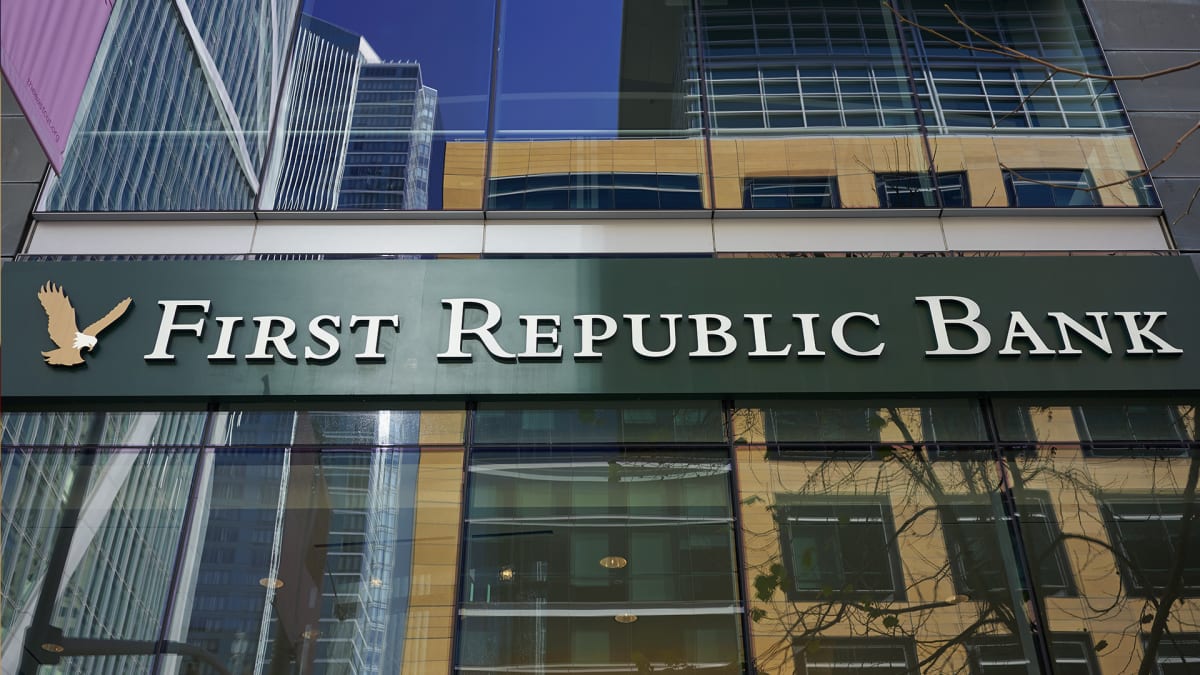
Regional bank stocks tumbled Tuesday, a day after JPMorgan Chase (JPM) took over First Republic Bank, with the KBW Nasdaq Regional Banking Index dropping 6%.
Ryan Nash, managing director of financials group research at Goldman Sachs, says the worst, including two other major regional bank failures, may be over for now. But threats remain.
“A lot of banks had illiquid balance sheets. They would take significant losses if they had to mark [their assets] to market,” he said in a webinar. Many banks had “limited to no shareholder equity and a highly correlated deposit base, particularly among uninsured deposits.”
But now, “things appear to be settling down,” Nash said. “Risk indicators are down.” JPMorgan Chief Executive Jamie Dimon said he doesn’t expect more major bank failures.
In addition, the Federal Reserve has cited a need for greater supervision. To be sure, that could have a “big effect” on regional bank profits, Nash said. “What does this mean for the availability of credit? That’s a big wildcard.”
Banks continue to be under pressure, he said. “Markets are concerned about profits, with the increased cost of deposits,” he said “Banks are forced to take on debt.”
Risk of Credit Cycle Downturn
And, “all this is happening before we’ve entered [the downside of] the credit cycle,” Nash said. “There’s exposure to high-risk commercial real estate areas, such as offices.”
He doesn’t expect any more large bank failures in the near term. But the path of the credit cycle will determine if there will ultimately be more failures, Nash said.
“Banks already were pulling back on the lending side coming into this” period of turmoil in March and April. And that turmoil has accelerated the trend, he said.
Consumer lending hasn’t suffered much, but there is concern on the commercial side, Nash said.
Banks are pulling back from high-risk loans, such as commercial real estate, he said. “If there’s an economic downturn, banks don’t want to be doing” that kind of lending.
As for regional bank stocks, they could continue to see selling pressure, Nash said. “Once we see a resolution [for one bank], the market tends to go after the next link.”
Further, investors believe regional banks will have to consolidate, he said. “Whether the regulators want it or not, big banks are winning, and regional banks are at a disadvantage.”







